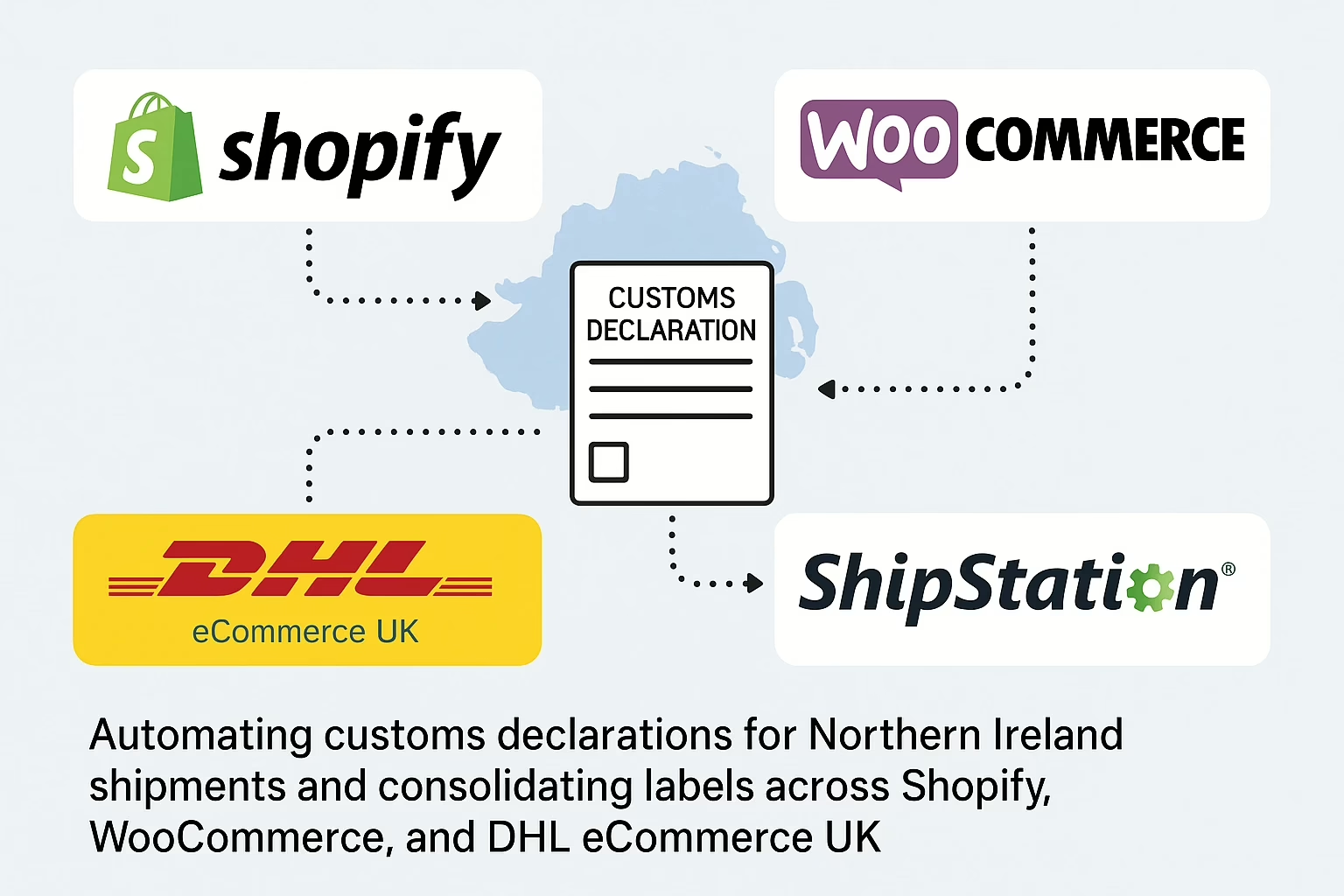Here are 5 ideas for 2025, based on best practices we more or less already know but sometimes overlook. These deserve a place in the annual roadmap of any reputable e-commerce site.
Index
GPRS
On 13 December 2024, the General Product Safety Regulation (GPSR) became mandatory for all products placed on the EU market. The GPSR is an EU regulation aimed at ensuring a high level of safety for products intended for consumers.
Do you sell new or used consumer products online? Are you a manufacturer, distributor, retailer, or do you run a marketplace?
This regulation applies to you.
In particular, you need to update your product descriptions, paying attention to:
- Labelling and warnings.
- Instructions for use and disposal.
- Cybersecurity features, especially for technology products.
Additionally, you will need to ensure product traceability and designate a point of contact responsible for their safety. It’s also advisable to review your terms of sale, including clear procedures for recalls, refunds, repairs, or replacements of unsafe products.
For 2025, consult a GPSR expert and coordinate with your suppliers to ensure full compliance with all regulations.
2FA
2FA, or “two-factor authentication,” is a security measure that requires two distinct methods to verify a user’s identity when accessing a system. You’ve likely already used it for banking operations, such as when your app sends you an OTP (“One-Time Password”) via SMS to complete a transaction. In some cases, biometric data like fingerprints or facial recognition can also be used.
How and why to implement 2FA in e-commerce?
Black hat hackers might attempt to access your control panel using brute force attacks or phishing techniques. 2FA provides an additional layer of protection against potential vulnerabilities in the login system, making it more difficult for intruders to gain access.
Additionally, 2FA is relatively simple to implement. Depending on the e-commerce platform you use (e.g., Shopify, Magento, WooCommerce, etc.), you might need to adopt specific tools, such as modules or plugins, or simply enable built-in security features.
Procedure for implementing 2FA
- Tools for 2FA
Administrator users of your site will need to install a dedicated application, such as Google Authenticator, Authy, or Microsoft Authenticator, on their smartphones. - Initial Configuration
Once 2FA is enabled on your platform, each user will need to configure it during their first login after activation. This process can take place:
During login.
Via a dedicated section in the admin panel. - 2FA Synchronisation
The system will prompt the user to:
Scan a QR code using the authentication app.
Or manually enter a code provided on the site into the app.
After completing this setup, the app will generate a temporary code (OTP) that the user must enter on the site to finalise synchronisation between the app and the platform. - Testing
It is crucial to test the entire procedure in a development or staging environment to ensure the system functions correctly. This helps prevent issues during implementation on the live site.
2FA is an essential investment to enhance your e-commerce security, safeguarding sensitive data and the admin panel from unauthorised access.
Note: We will soon publish a more detailed article on how to set up and optimise 2FA for specific platforms.
Images
Having plenty of images of your products or services is crucial for convincing users of the quality of what you offer. However, the “heaviness” of these images can negatively impact your site’s performance.
For this reason, it’s important to optimise images to reduce their file size without compromising visual quality.
How to optimise images for your e-commerce website
Depending on the e-commerce platform you use, you can implement modules or plugins that convert your product images into lighter formats, such as optimised JPEGs or WebP.
If you have a technical team, you can discuss with your developers the possibility of performing this conversion directly on the server using scripts or automated tools.
Benefits of image optimisation
-
Improved User Experience:
Users will be able to navigate your site more smoothly and quickly, reducing page loading times and the risk of abandonment. -
SEO Improvement:
Google rewards faster websites, helping to improve the ranking of your pages in search results.
Website search engine ✨
You probably know your product catalogue inside out, but your users might not be as familiar. Instead of browsing through categories, they may prefer using your site’s internal search engine.
If you have a search engine, ensure that it can:
- Handle typos, especially the common ones that occur when using a mobile keyboard.
- Suggest results in real-time as the user types, enhancing the speed and accuracy of the search.
- Support synonyms: for example, someone searching for “denim” should see results for “jeans” and related products.
Additionally, search results should be easily filterable by:
- Category.
- Price.
- Other relevant parameters, such as size, colour, or availability.
Advanced tools for internal search
Today, advanced modules and technologies leveraging artificial intelligence can further enhance the relevance of search results. For example, on platforms like Magento/Adobe Commerce, you can implement tools such as Live Search, which provides intelligent, personalised suggestions based on user behaviour.
Analysis and reports
Finally, your search engine should provide detailed reports on what users are searching for on your site.
These insights can be valuable for:
- Identifying products missing from the catalogue that could be added.
- Finding inspiration to create targeted content, such as buying guides or blog articles.
A well-configured search engine not only enhances the customer experience but also helps you uncover opportunities to grow your e-commerce business.
Admin panel URL
Do you use WooCommerce (or WordPress)?
If no one has ever customised the URL, you can access the control panel by simply adding /wp-admin or /wp-login.php to your main URL.Do you use Magento (or Adobe Commerce)?
Similarly, if the URL hasn’t been modified, you can access the control panel by simply adding /admin to your domain.Caution: It’s easier than you think to discover which CMS is being used!
If you think it’s difficult to identify the e-commerce platform your site is using, try analysing your URL with tools like Built With. Hackers can do the same thing in just a few seconds.Login security: are you ready?
If you haven’t implemented a CAPTCHA (here’s how to do it with WordPress) and 2FA, you’re making life much easier for hackers. Using standard combinations like “admin” or variations of the email associated with your domain, they can quickly guess your username and attempt to log in.A critical step to improving your site’s security is customising your login URL. This makes it harder for hackers and reduces the risk of automated attacks.
How to do it?
For example- For WordPress, plugins like WPS Hide Login or All In One WP Security can help you change the login URL effortlessly.
- For Magento, ask your developers to modify the admin URL directly in the code for a customised solution.
The five actions we’ve shared are just a few of the things you might want (or need) to do in 2025 to improve your business.
Need more advice?
If you’re looking for new ideas or want to plan the next year more effectively, why not start with an audit?
We can help you evaluate your e-commerce site and assess how you compare to your competitors.
Get in touch with us!
No commitment, just a friendly chat to explore how we can support you.
And in the meantime… wishing you a Merry Christmas and a Happy New Year! ✨



